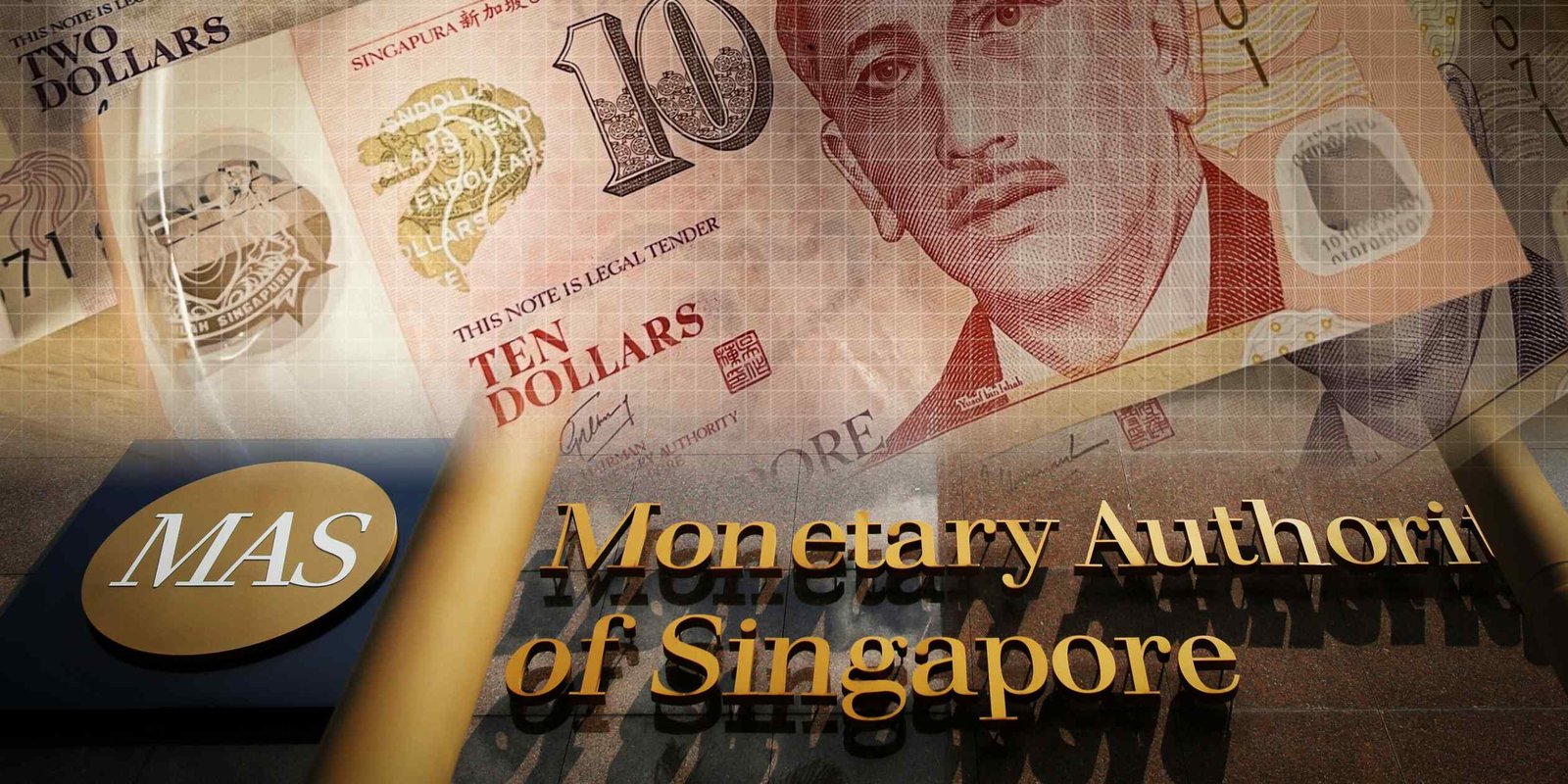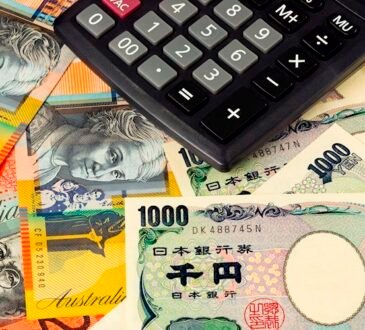Nikkei Asia is launching a new lineup of feature stories this week, providing you in-depth insights on a range of trending topics from our team of journalists. We will publish a different feature every morning, Asia time, and send a push notification letting you know that it is ready to read.
This is the first edition of our new Monday morning feature, Trading Asia. Feel free to share this story. The features are all free to read this week.
SINGAPORE — The Singaporean currency is trading against the dollar at its strongest level in almost a decade, touching new highs in recent weeks amid lower U.S. interest rates coupled with investors’ confidence in its resilient economy.
Advertisement
The city-state’s central bank, the Monetary Authority of Singapore (MAS), is expected to keep a tight policy setting relative to the U.S. Federal Reserve in the near term, enticing investors seeking higher yield. The Singapore dollar now ranks as the third-best performer this year among its Asian peers, after the Malaysian and Thai currencies.
Analysts broadly expect the Singapore dollar’s rise to moderate with limited upside as it trades near its central bank’s target policy. “We expect a slowdown in its appreciation, if not a small retracement,” said Joey Chew, head of Asia FX research at HSBC.
As of Sept. 27, the Singapore dollar appreciated to around 1.281 against the U.S. dollar, its highest level since October 2014. The sharp gain began around August in anticipation of a potential rate cut in the U.S. and gathered pace after the Federal Reserve kick-started its rate-cut cycle on Sept. 18. The currency is up 3% this year.
As of this month, however, the Malaysian ringgit and Thai baht have both outperformed the Singapore dollar, rising 11.3% and 6.3% this year, respectively. But the two currencies have been more volatile in recent years amid higher U.S. interest rates, with the former hitting a 26-year low in February.
“[The Singapore dollar] had typically enjoyed a safe-haven status and had benefited this year from strong growth recovery momentum and asset price growth, especially in the real estate sector,” said Wee Khoon Chong, Asia Pacific macro strategist at BNY.
The Singapore government in August upgraded its full-year growth projection this year to 2% to 3% from the previous 1% to 3% range, as overseas demand for electronics returns on the ongoing upturn in the tech cycle. Speaking at a local forum on Sept. 13, MAS Managing Director Chia Der Jiun said the country’s gross domestic product is expected to come at the “upper end” of the revised range.
The latest strong industrial production data signaled a further pickup in growth. On Thursday, Singapore’s manufacturing output jumped 21% year-on-year in August lifted by higher biomedicals and electronics production, recording its strongest growth since June 2021.
Following strong government data, Maybank analysts Chua Hak Bin and Brian Lee upgraded their Singapore GDP forecast to 3.5% this year, up from 3% previously.
“We have not observed significant negative drag on the Singapore economy on the back of its currency strength,” Chong at BNY added. “Indeed, one might argue that Singapore currency strength is a result of strong economic recovery, its roles as a tourist destination and financial center including the boom in wealth management.”
The stronger Singapore dollar is also a result of a tighter monetary policy by the MAS to fight inflation in the aftermath of the pandemic. The MAS tightened its monetary policy five times within the span of one year from October 2021 and has maintained an appreciating bias for the currency at its most recent meeting in July to rein in prices.
Unlike most central banks, Singapore’s monetary policy is centered on exchange rates, letting the local dollar rise or fall against the currencies of major trading partners to stabilize prices. As Singapore is a small, open economy that is highly dependent on global trade, the MAS says the exchange rate “has a greater influence” over domestic inflation than interest rates.
When the Singapore dollar prices of many items across the economy increase rapidly, inflation rises. But with tighter monetary policy, which in turn brings a higher Singapore dollar, the higher-priced imports will become cheaper in local dollar terms for consumers and businesses.
In Singapore, the sum of exports and imports as a share of GDP was 311% in 2023, according to the World Bank. This is much higher than its ASEAN peers like Malaysia and Thailand whose economies are more dependent on domestic demand. The two countries’ trade-to-GDP ratio in 2023 was 132% and 129%, respectively.
The pace of lowering of inflation has been faster than expected. Singapore’s core inflation — which excludes private road transport and accommodation costs to better reflect household expenses — peaked at 5.4% in the January to March period in 2023, and headline inflation at 7.3% in the third quarter of 2022, the MAS said.
Speaking to reporters in July, Chia of the MAS said: “If the MAS had not tightened monetary policy, core inflation would have reached 7% and headline [inflation] 8%.”
Yen Nee Lee, senior country risk analyst at BMI, a unit of financial information provider Fitch Group, said the Singapore economy has been performing at close to its potential since 2023 despite the five rounds of tightening by the MAS.
In its latest report on regional economies, the Asian Development Bank said lower inflation in developing Asia is creating conditions for eventual monetary policy easing. Earlier this month, Indonesia’s central bank unexpectedly cut its benchmark interest rate for the first time in more than three years.
But in Singapore, the last leg of disinflation, or the reduction in the rate of inflation, has been tougher. Despite the moderating trend, core inflation rose to 2.7% in August, the first time it has increased in six months and exceeded economists’ expectations, as services inflation rose in holiday expenses.
This has turned many analysts to expect the MAS would maintain its next monetary policy due by Oct. 14.
“The uptick in August core inflation reinforces our view for no change in MAS’ monetary policy stance at its upcoming meeting in October,” Maybank said in a note on Sept. 23. With Singapore’s economy at full employment and wage growth above its historical average, the bank noted, “domestic inflationary pressures remain elevated.”
In the absence of further shocks, Maybank’s economists and analysts expect the MAS to slightly ease the slope of the Singapore dollar’s exchange policy band in January next year, “when both core and headline inflation are comfortably below 2%.”
For the whole of 2024, the Singapore government forecasts core inflation to average 2.5% to 3.5%, while overall inflation should range between 2% and 3%.
“Our core view is that the MAS will keep all monetary policy settings unchanged this year,” said Lee at BMI. “However, we acknowledge that there is increasing probability that MAS would start to ease in October” after the Fed’s hefty 50 basis-point rate cut.





